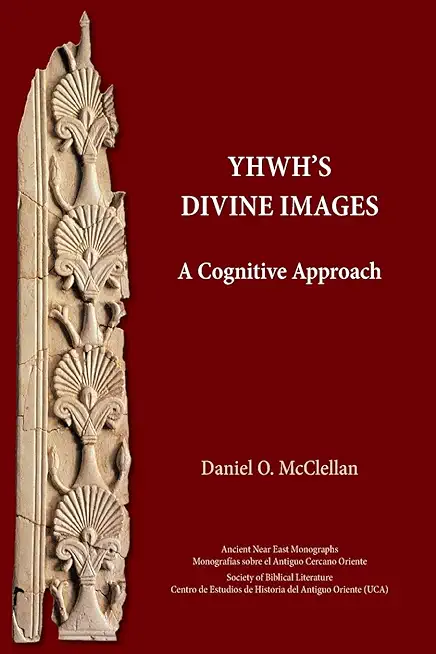
description
ive Approach, Daniel O. McClellan addresses the longstanding question of how it is that divine images could be referred to as if they both were and were not the deities they represented. Drawing insights from the fields of cognitive linguistics and the cognitive science of religion, McClellan develops a theoretical framework for divine agency and divine images in ancient Southwest Asia that explains this apparent paradox. He then applies that framework to the Hebrew Bible to show that the presence of the God of Israel was similarly manifested through material media devoted to precisely that purpose.
member goods
No member items were found under this heading.
Return Policy
All sales are final
Shipping
No special shipping considerations available.
Shipping fees determined at checkout.







